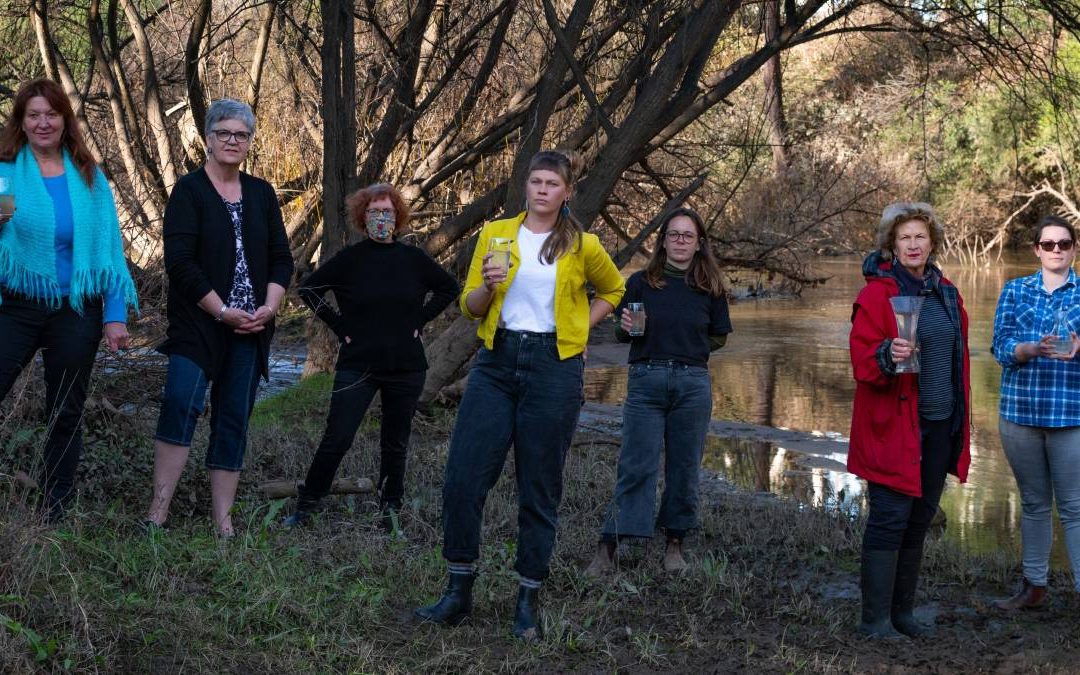When a group of local residents met at a summit earlier this year to discuss mine rehabilitation in the Latrobe Valley, they held serious concerns. Chiefly, contamination leaching from inadequately managed coal ash dumps; and the enormous amount of fresh water from the Latrobe River system that had been earmarked to fill the Hazelwood mine void. Determining that a community voice was needed for adequate coal ash remediation and protection of the Latrobe river system, Friends of Latrobe Water (FLoW) was subsequently formed.
With the first and most imminent rehabilitation works beginning at Hazelwood, the groups attention has been on mine operators ENGIE, who say they will begin filling as early as next year. Though the need for safe and stable landform is well understood, the ultimate design must also be sustainable.
FLoW is not opposed to a pit lake option, but with the recently released Latrobe Valley Regional Rehabilitation Strategy (LVRRS) identifying that “it is unlikely that water (from the Latrobe system) will be available for mine rehabilitation in most years”, we are of the firm belief that there must be a thorough examination of alternative water sources.
Having already sparked an EPA investigation into the ash dumps in the Hazelwood pit in May, FLoW is currently seeking the referral of ENGIE’s works variation plans to undergo an Environmental Effects Statement (EES). This process would allow for transparency and independent assessment of potential impacts on surrounding ecosystems and downstream water users. To date, information regarding mine rehabilitation has been dense and at times disparate and contradictory.
Through collaboration and investigation, FLoW hopes to enable greater community participation on this issue. Decisions being made now, will not only affect our natural environment and local economy, but could have far reaching and devastating implications for generations to come.
First Published in Yallourn North Connection

